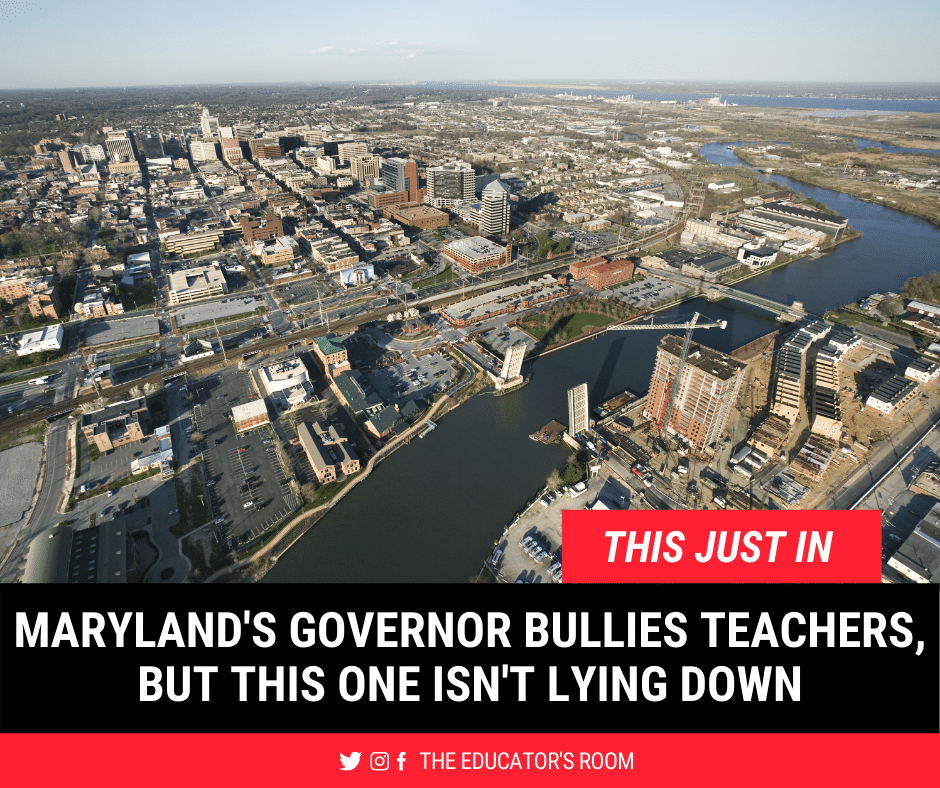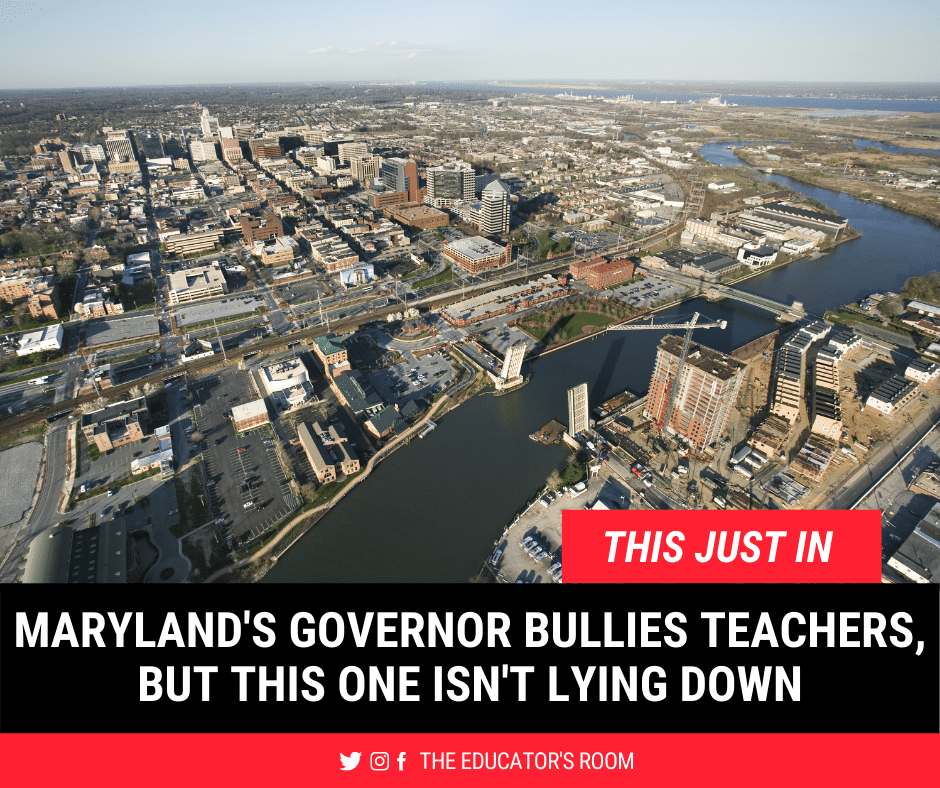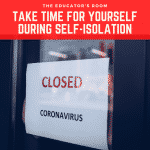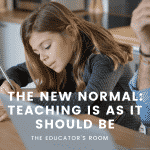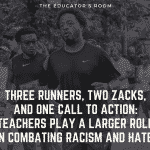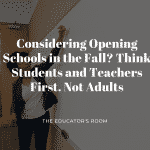Like many states around the country, Maryland has struggled with the decisions about how and when to reopen schools. Last Thursday, January 21st, Maryland’s Governor Larry Hogan made clear that schools in Maryland would reopen by March 1st. Like a playground bully, Hogan threatened anyone seeking to resist his orders. He implied a willingness to revoke teaching certificates should teachers resist. Driving home his insistence, Hogan asserted there was “no public health reason for county school boards to keep students out of schools” while citing recent improvements in COVID-19 health metrics.
On January 21st the 7-day testing positivity rate for COVID-19 in Maryland was 132% larger than on August 27th. Over the same time period, the number of Marylanders in the ICU, the number of cases per 100,000 people, and the daily death total from COVID-19 quadrupled.
[bctt tweet=”Why does this matter? Because August 27th and January 21st represent the two days where Governor Hogan has taken to the airways to bully school systems and teachers–specifically–for not hosting in-person classes. ” username=””]
So, on Thursday when Governor Hogan talked about a leveling off with regards to the COVID-19 pandemic, the social studies teacher in me had to question his analysis of the data. It does appear that COVID-19 metrics have diminished from their peak, but that’s a different claim than saying we are safe and ready to reopen schools. Teachers across the state, and country, push students to use evidence and data to craft coherent arguments. Governor Hogan could benefit from one of those lessons.
To understand the gall of Governor Hogan’s announcement, it is important to go back. During the summer, school systems across Maryland created detailed reopening plans for their systems. At the time, the governor made clear it was a local decision, and he wouldn’t mettle or advise.
After a summer of doing nothing and days before school was slated to open, Governor Hogan outlined the requirements for schools to safely return to their buildings. First, local jurisdictions needed a 7-day percent positivity rating below 5%. Second, local jurisdictions needed to see fewer than 15 cases per 100,000 residents.
He demanded local jurisdictions go back and revise their plans.
They did. They played by his rules. Used his metrics.
A week after his most recent bullying, not a single jurisdiction meets these marks. The metrics don’t match, but he wants what he wants.
As a teacher, I understand wanting what I want. I also understand that getting what I want is a different matter. As much as Governor Hogan seems upset at teachers, I fear his bullying is rooted in jealousy. Teachers are simply better at the task which he is failing: leading diverse coalitions to a common goal.
My teacher friends will understand the following outline to their core, but I hope it can help the Governor and other flailing leaders.
First, you create the plan for your project. You don’t have to, but when your students come up with a plan far from the one you envisioned, it’s not their fault: it’s yours.
Second, once the plan is crafted, you present it–and this is important–before they start working on the project. That way, they know and understand the expectations. They know how to focus their efforts and make the best choices.
Third, once the students start working, it’s really important that you don’t get distracted–by book tours or future election campaigns. You have to monitor your students’ work because even the most cognizant, thoughtful, and responsible student is apt to make an error. It’s your job to make sure they revise and edit in live time because their success is your success.
Finally, if the expectations and the timeline you’ve constructed fail to mesh accordingly, it’s not your students’ fault. There are not a lot of ways around this one. The best a teacher can do is to adjust their expectations and adjust their schedules. It’s not ideal, and it’s tough in the case of COVID-19. But, the other thing teachers in this spot must do is to reflect upon the choices they made that caused this mistake. Did they provide students with too many resources to work through? Were their expectations too high for the time allotted? Was the integration of technological tools smooth, or could it have been improved?
For the Governor, upset that COVID-19 metrics are not matching with his guidelines for reopening, perhaps he might consider why casinos remain open? Or, maybe he could think about his decisions to remain out of the fray with regards to regulating retail and restaurant establishments. Is an unwavering commitment to local control always best? He’ll have to reflect and grow, but it’s painful. I know from experience.
People fear politics in the classroom, but politics is about managing and creating structures for communities to thrive. If Governor Hogan were serious about improving his politics, he should be sure to get in for a lesson when schools safely open.
